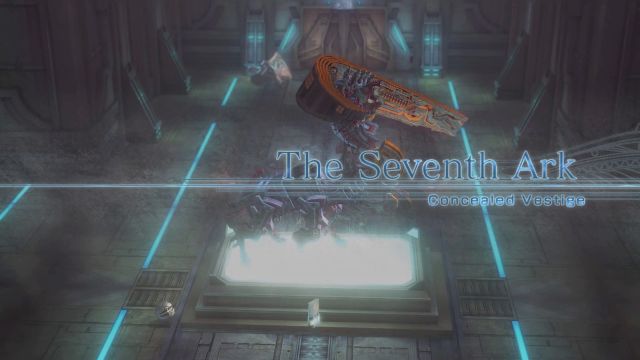One week ago we published a detailed report about Durango, the next-gen Microsoft system. The company has built a powerful system, more than Wii U. Now, we would like to share with you the specs for Orbis, Sony’s alternative machine for the next-gen. After you, gents and ladies.
LIVERPOOL SOC
- Custom implementation of AMD Fusion APU Arquitecture (Accelerated Processing Unit)
- Provides good performance with low power consumtion
- Integrated CPU and GPU
- Considerably bigger and more powerful than AMD’s other APUs
CPU:
- Orbis contains eight Jaguar cores at 1.6 Ghz, arranged as two “clusters”
- Each cluster contains 4 cores and a shared 2MB L2 cache
- 256-bit SIMD operations, 128-bit SIMD ALU
- SSE up to SSE4, as well as Advanced Vector Extensions (AVX)
- One hardware thread per core
- Decodes, executes and retires at up to two intructions/cycle
- Out of order execution
- Per-core dedicated L1-I and L1-D cache (32Kb each)
- Two pipes per core yield 12,8 GFlops performance
- 102.4 GFlops for system
GPU:
- GPU is based on AMD’s “R10XX” (Southern Islands) architecture
- DirectX 11.1+ feature set
- Liverpool is an enhanced version of the architecture
- 18 Compute Units (CUs)
- Hardware balanced at 14 CUs
- Shared 512 KB of read/write L2 cache
- 800 Mhz
- 1.843 Tflops, 922 GigaOps/s
- Dual shader engines
- 18 texture units
- 8 Render backends
Memory:
- 4 GB unified system memory, 176 GB/s
- 3.5 available to games (estimate)
Storage:
– High speed Blu-ray drive
- single layer (25 GB) or dual layer (50 GB) discs
- Partial constant angular velocity (PCAV)
- Outer half of disc 6x (27 MB/s)
- Inner half varies, 3.3x to 6x
– Internal mass storage
- One SKU at launch: 500 GB HDD
- There may also be a Flash drive SKU in the future
Networking:
- 1 Gb/s Ethernet, 802.11b/g/n WIFI, and Bluetooth
Peripherals:
- Evolved Dualshock controller
- Dual Camera
- Move controller
Extra:
- Audio Processor (ACP)
- Video encode and decode (VCE/UVD) units
- Display ScanOut Engine (DCE)
- Zlib Decompression Hardware
UPDATE: some people is confused about the GPU, here you have more info about it:
Each CU contains dedicated:
– ALU (32 64-bit operations per cycle)
– Texture Unit
– L1 data cache
– Local data share (LDS)
About 14 + 4 balance:
– 4 additional CUs (410 Gflops) “extra” ALU as resource for compute
– Minor boost if used for rendering
Dual Shader Engines:
– 1.6 billion triangles/s, 1.6 billion vertices/s
18 Texture units
– 56 billion bilinear texture reads/s
– Can utilize full memory bandwith
8 Render backends:
– 32 color ops/cycle
– 128 depth ops/cycle
– Can utilize full memory bandwith
All this info is subject to change in the future by Sony.
So, we have a new technical war between Durango and Orbis. Which one will be better? Discuss. Leave a comment please.
We will give more detailed information about each component in future articles.

![World Exclusive: Playstation 4 (Orbis) unveiled [Updated: GPU Info inside]](https://vgleaks.com/wp-content/uploads/2013/01/011.jpg)
![World Exclusive: Playstation 4 (Orbis) unveiled [Updated: GPU Info inside] | VGLeaks 2.0 apu 600x248 World Exclusive: Playstation 4 (Orbis) unveiled [Updated: GPU Info inside] | VGLeaks 2.0](https://vgleaks.com/wp-content/uploads/2013/01/apu-600x248.jpg)











